Let’s face it – disagreements are about as inevitable as bad hair days, but there’s a powerful way to handle them and that’s mindful disagreement via mindful communication. Whether it’s with your partner, your boss, or that opinionated uncle at Thanksgiving dinner, we’ve all found ourselves butting heads from time to time. But here’s the million-dollar question: how can we disagree without turning every conversation into a verbal boxing match?
Believe it or not, there is a way.

Enter the mindful disagreement – the secret sauce to keeping your cool and your relationships intact, even when you’re seeing red. It’s not about avoiding conflict (let’s be real, that’s impossible unless you’re living under a rock). It’s about approaching disagreements with intention, respect, and a dash of self-awareness. Ok, it takes a little more than a dash.
Now, I know what you’re thinking. “Mindful disagreement? Sounds like some new-age mumbo jumbo.” Trust me it’s not. I’m a communications pro so I got this thing on lock. For years I have watched people put their foot in their mouths and I’ve seen relationships crumble over petty arguments. So as a communication expert, I’m a former network journalist I honed my listening chops and discovered this is one of the things that people struggle with the most. Listening. It’s truly the game-changer. So, buckle up, because I’m about to share some practical tips that’ll revolutionize the way you handle disagreements.
- The Pause Button Technique
First things first – when you feel that familiar surge of irritation rising, hit the mental pause button. Take a deep breath. Count to ten. Do a quick cartwheel if that’s your thing (just maybe not in the middle of a board meeting). The point is to create a moment of space between the trigger and your response. This pause allows you to respond thoughtfully rather than react emotionally. Hint: Another word for that pause is listen.
- The Curiosity Approach
Instead of immediately launching into defense mode, try channeling your inner four-year-old. You know, that phase where every other word was “why?” Approach the disagreement with genuine curiosity. Ask questions to understand the other person’s perspective. “Can you help me understand why you feel that way?” or “What experiences have shaped your view on this?” Not only does this help you gain insight, but it also makes the other person feel heard. See how listening can be so powerful and the absolute game changer. Check out this short video I put together.
- The Feelings-Facts-Findings Framework
When expressing your own viewpoint, use the Feelings-Facts-Findings framework. Start by acknowledging your feelings about the issue. Then, present the facts as you see them. Finally, share your findings or conclusions based on those facts. For example: “I feel frustrated when meetings run over time. The fact is, we’ve gone over schedule in 7 out of our last 10 meetings. I’ve found that this impacts my productivity for the rest of the day.” And don’t forget to take a few minutes to ask them about their feelings and hear them out.
- The Common Ground Hunt
Even in the most heated disagreements, there’s usually some common ground to be found. Make it your mission to uncover it. Maybe you disagree on the solution, but you both agree there’s a problem. Or perhaps you share the same end goal, just different ideas on how to get there. Identifying these areas of agreement can create a foundation for constructive dialogue.
- The “I” Statement Revolution
We’ve all heard about using “I” statements, but let’s kick it up a notch. Instead of just saying “I feel,” try expanding your emotional vocabulary. “I’m puzzled by,” “I’m curious about,” “I’m concerned that.” This approach not only expresses your feelings more accurately but also invites the other person into your thought process.
- The Empathy Echo
After the other person speaks, try echoing back what you heard, but with an empathy twist. “It sounds like you’re feeling [emotion] because [reason]. Is that right?” This shows you’re really listening and trying to understand, not just waiting for your turn to speak.
- The Solution Brainstorm
Once you’ve both had a chance to express your views, shift the focus to finding a solution together. Frame it as a collaborative effort: “How can we address this in a way that works for both of us?” This turns the disagreement from a me-vs-you scenario into an us-vs-the-problem situation.
- The Gratitude Closer
End the conversation by expressing gratitude, even if you haven’t reached a full agreement. Thank the other person for their willingness to engage in the discussion, for sharing their perspective, or for any common ground you’ve found. This leaves the door open for future dialogue and reinforces the idea that disagreement doesn’t have to mean discord.
Mastering mindful disagreement isn’t about winning arguments or always being right. It’s about fostering understanding, strengthening relationships, and finding solutions that work for everyone involved. It takes practice, patience, and yes, a whole lot of deep breaths. But the payoff? Stronger connections, more productive discussions, and a lot less stress.
Remember, every disagreement is an opportunity – to learn, to grow, and to deepen your relationships. So the next time you find yourself in a heated debate, take a moment to pause, get curious, and approach the conversation with mindfulness. You might just turn that potential argument into a breakthrough moment.
And hey, if you’re hungry for more ways to level up your communication game, I’ve got your back. My mindful communication training is packed with actionable insights and practical tips you can start using right away. Because let’s face it, in a world full of noise, clear, mindful communication is your superpower. Ready to unleash it?
For more on mindful communication check out this previous post.
If you want to learn to go deeper with your communication and even level up then sign up for my free Mindful Communication Training here.
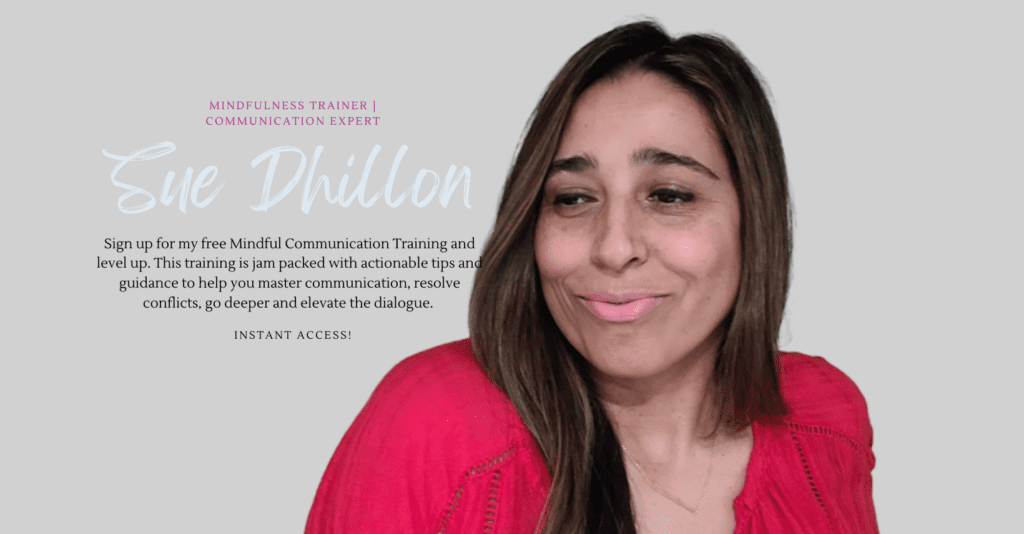
If You Find Yourself In Constant Disagreement A Little Talk Therapy Could Be Helpful
As you know I’m a huge proponent of Mental Wellness and ensuring we all get the help we need when we need it. And of course, I don’t want you just to get any help I want you to get the right help so I am now sponsored by BetterHelp.
BetterHelp is the world’s largest therapy service, and it’s 100% online.
BetterHelp offers a network of over 25,000 licensed and experienced therapists who can help you with a wide range of issues.
Just click on the link below, answer a few questions, and get matched with a therapist from the network.
One of the most amazing features of BetterHelp, if you don’t jive with your therapist you can switch to a new one that’s a better fit for you any time free of charge.
With BetterHelp, you get the same professionalism and quality you expect from in-office therapy, but with a therapist who is custom-picked for you, more scheduling flexibility, and at a more affordable price.
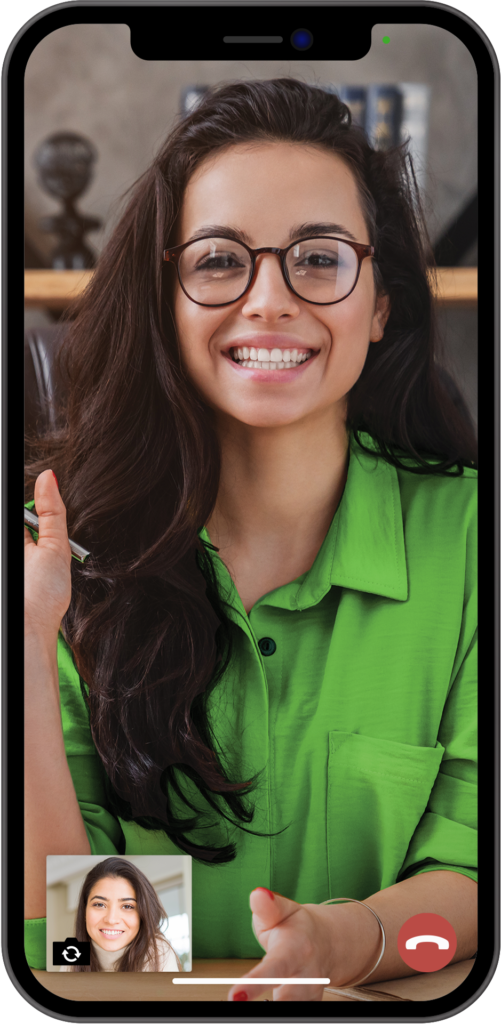
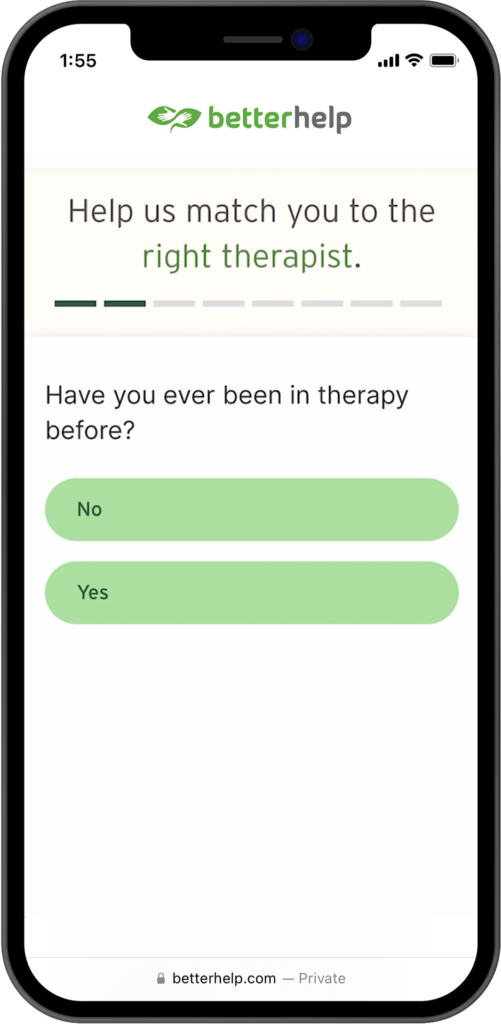
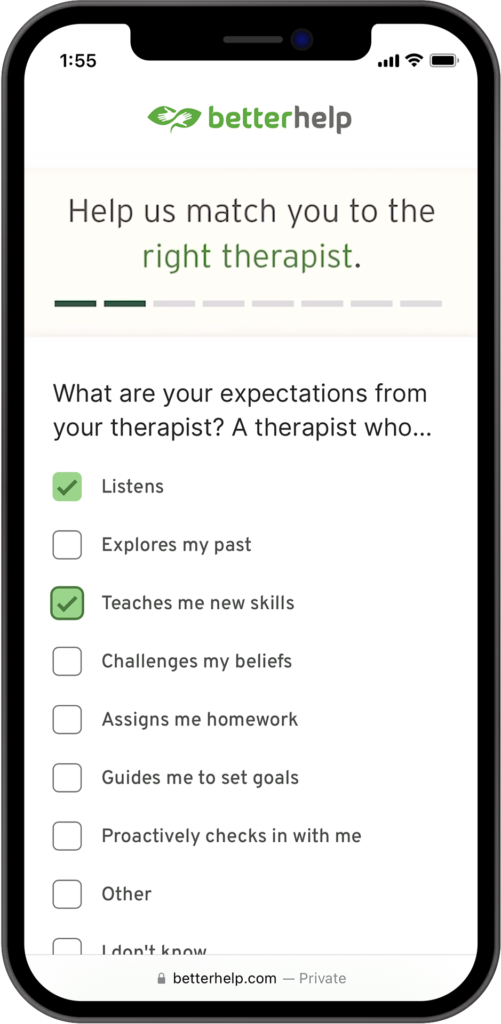
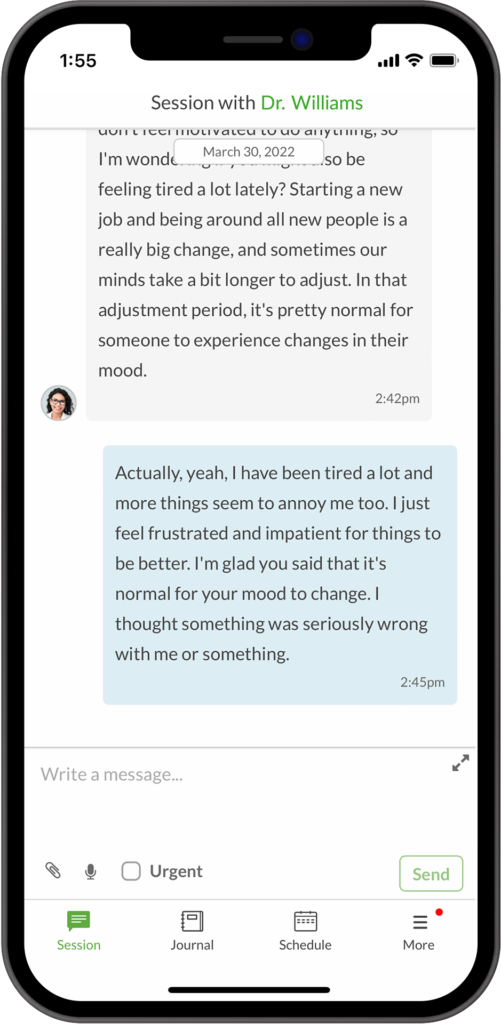
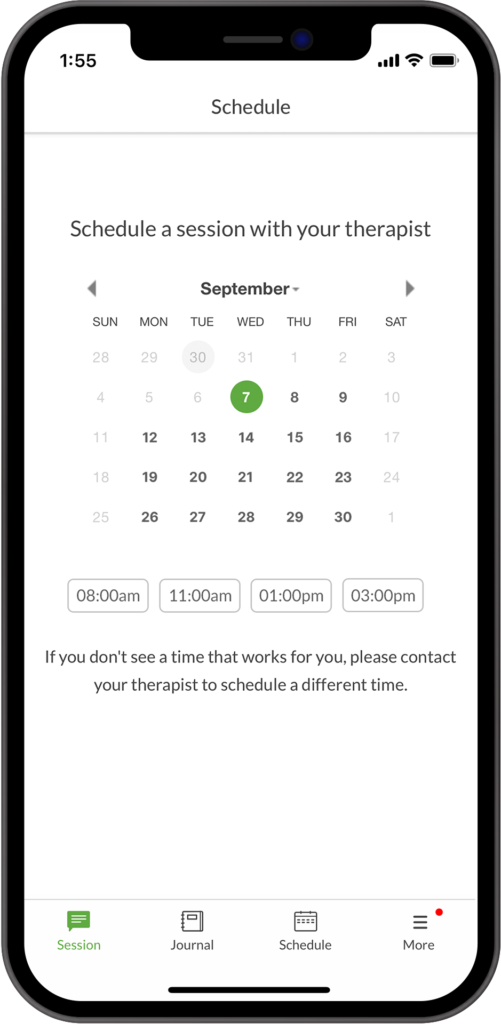
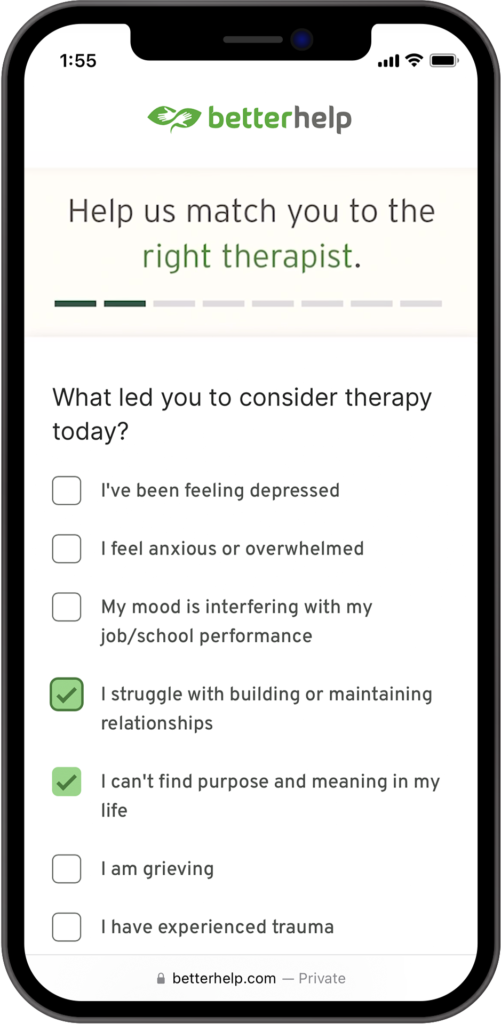
Comments +
Master The Art Of Mindful Disagreement: A Relationship Game Changer
Self Improvement, Self-Help